Indiana University’s plan to operate its own COVID-19 mitigation testing labs became a reality on October 21, 2020, when the testing facility in Myers Hall on the Bloomington campus processed its first run of tests.
Distinguished Professor of Biology Craig Pikaard serves as the lab’s scientific director and oversees the testing operations run by a team headed by Laboratory Supervisor Dr. Sumitha Nallu and Laboratory Manager Dr. David Merritt. Professor of Biology Matthew Hahn serves as the overall director of the facility, handling compliance issues as a CLIA-certified clinical laboratory as well as personnel management.
IU operates two other testing labs at the IU School of Medicine on the IUPUI campus. Pikaard lab members, Dr. Akihito Fukudome and Dr. Pascal Martin spearheaded the effort to establish the testing protocols now in use in all three labs, with Pikaard lab member Dr. Ramya Enganti and Innes lab members, Dr. Brian Rutter and Hana Karimi also involved.
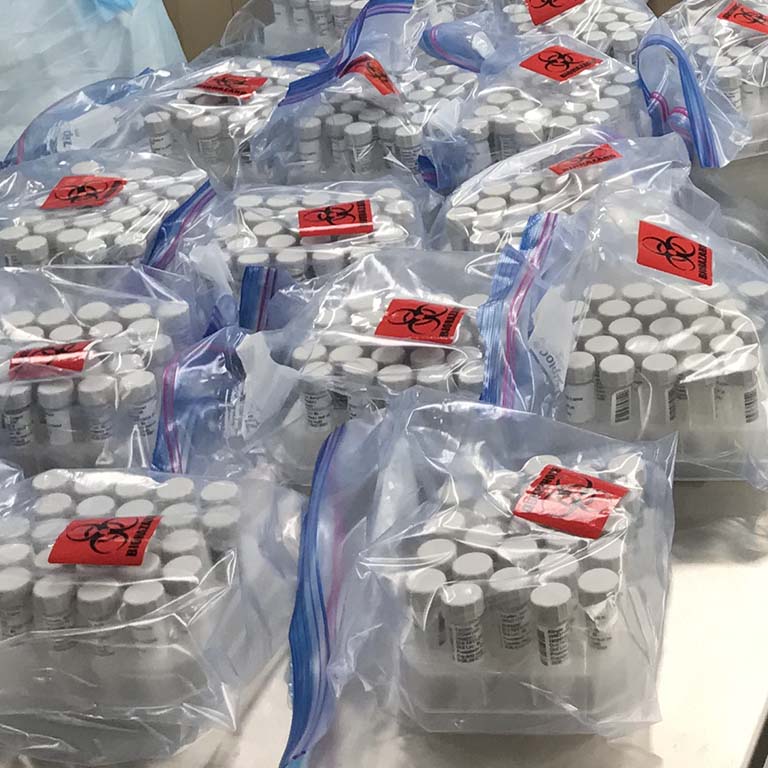
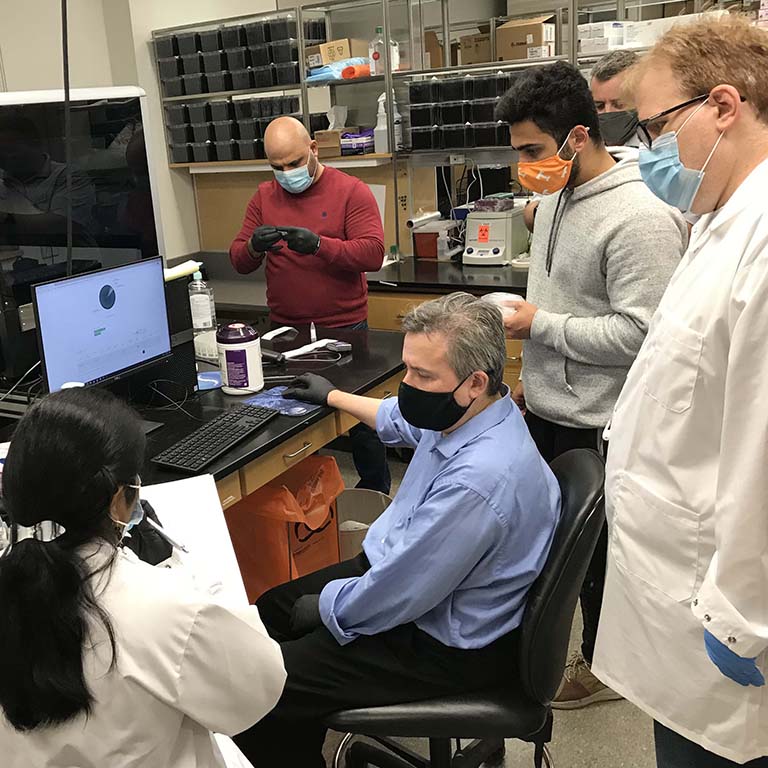
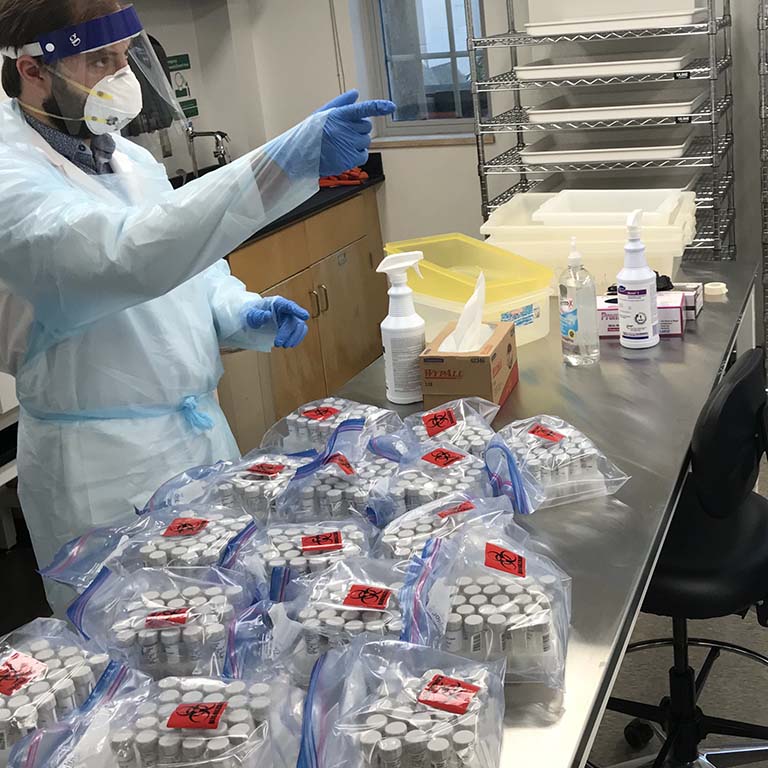
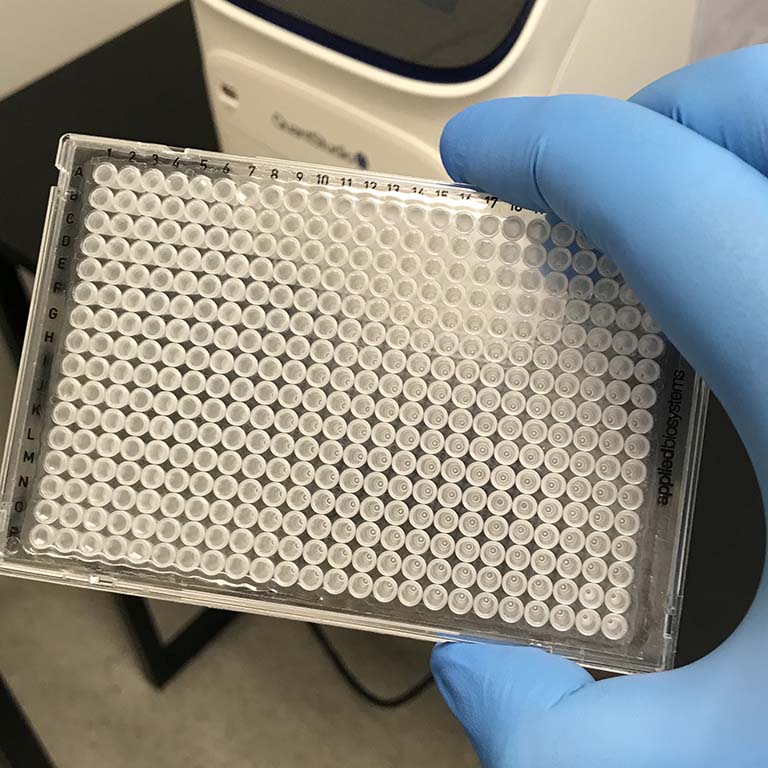
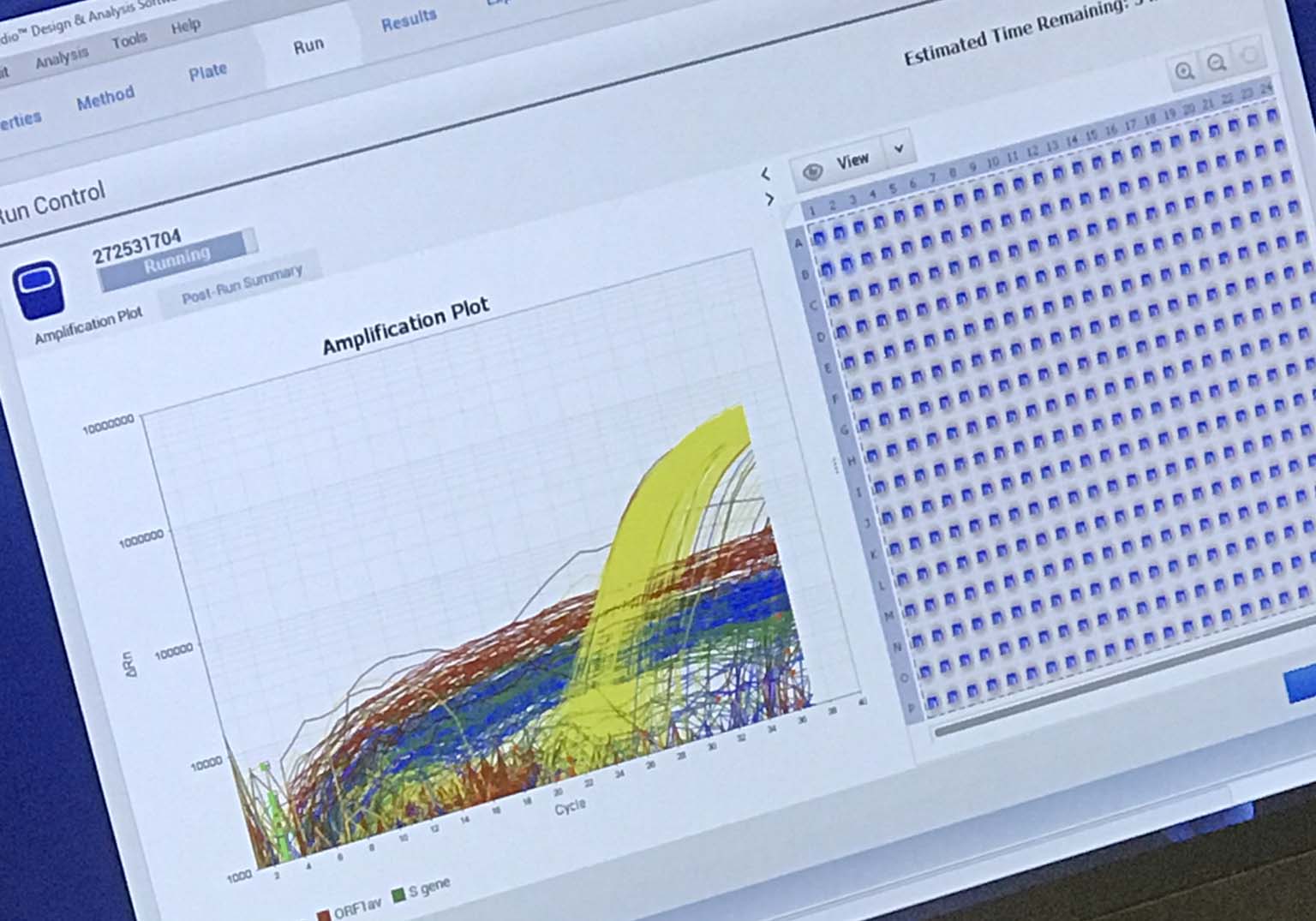

 The College of Arts
The College of Arts